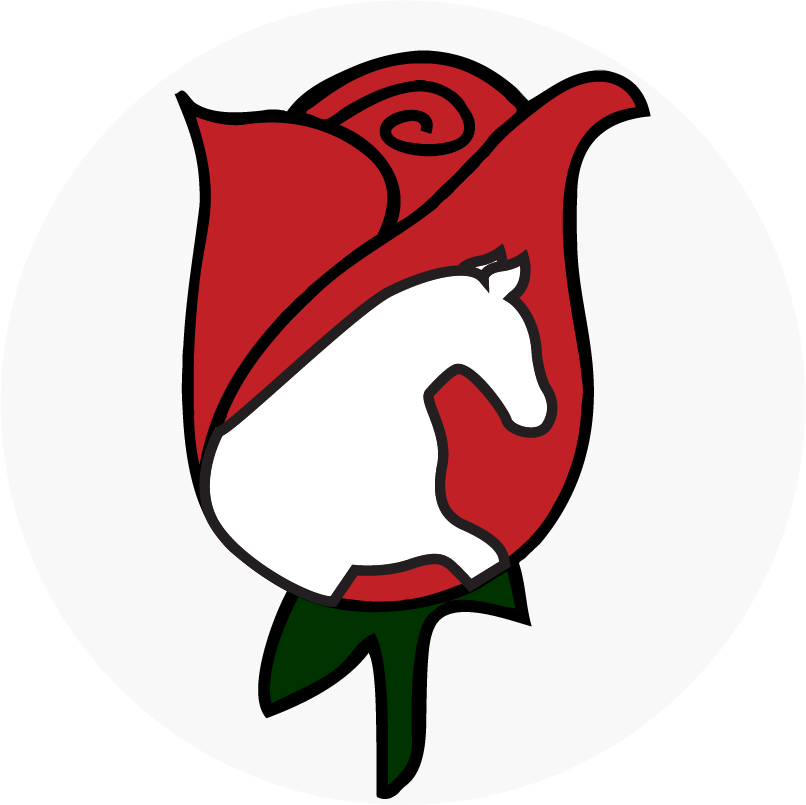The Importance of Saddle Fit to the Rider & the Consequences of an Improper Saddle
We all know what happens when the saddle doesn’t fit the horse, but do you know what can happen when the saddle doesn’t fit the rider? When a saddle is fitted (properly) to a horse, but not to the rider, the horse can and will suffer pain due to the unbalance of the rider. Depending on how poorly the saddle fits the human, the saddle itself can also sustain damage. From torn leather to shifting flocking and a twisted tree, these all have direct effects on the horse. If the saddle places the rider too far back, that creates excess pressure in the lumbar region and the rider is also unable to move with the horse and comes down hard on the horses back. The horse will be unable to use its back, may have a 4 beat canter, lateral walk, shortened trot/no tracking up and develop a ewe neck.
If the saddle doesn’t compensate for the unevenness of the rider (beyond natural asymmetry – such as injury) then the rider will cause the saddle to shift and thus create unevenness in the horse. The horse may suffer atrophy, altered gait, uneven muscle built, rotated vertebrae, rib subluxation, weakened gaits in one direction, inability to bend or pick up a certain canter lead.
If the saddle doesn’t offer cantle support, the rider’s pelvis is more likely to tilt back causing the spine to round and although there is shoulder-hip-heel alignment, it is a false alignment as there is no relaxation in the back and he seat cannot be pliable and move freely with the horse. The horse will suffer as the rider constantly attempts to catch up with the horses movement (and their own shoulders), posting becomes difficult as they can no longer balance properly and may catch the horse in the mouth or come crashing down on the horses back.

